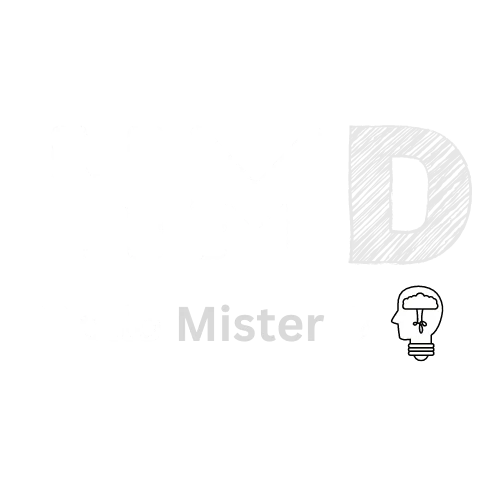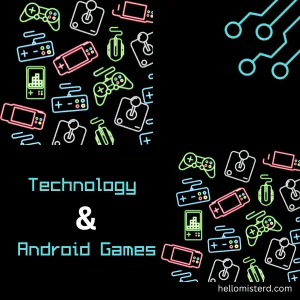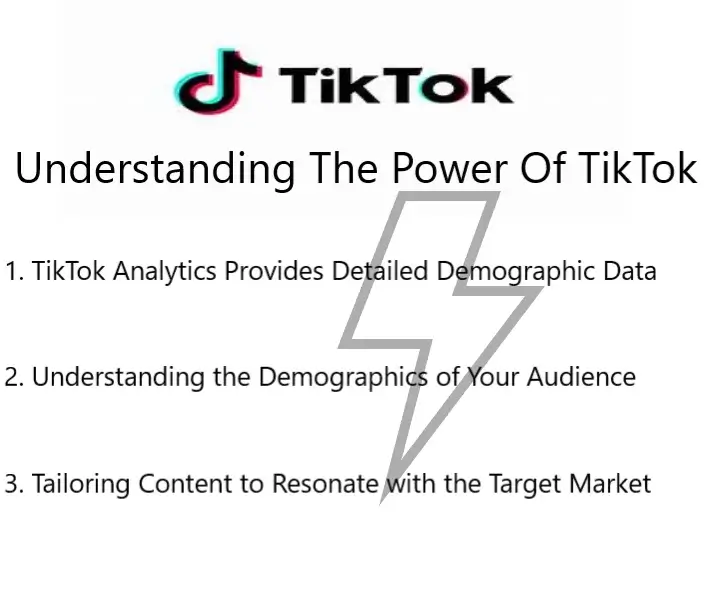Revolutionizing Healthcare and IT: Bridging the Gap for a Digital Future
In a remarkable synergy, the worlds of Healthcare and Information Technology (IT) are uniting to redefine the future of patient care and medical advancement. This unprecedented fusion holds the potential to reshape diagnostics, treatments, and overall healthcare strategies in ways that were previously unimaginable. This isn’t just about adopting digital tools; it’s about weaving a tapestry where technology seamlessly empowers healthcare providers to offer tailored, efficient, and patient-centered services.
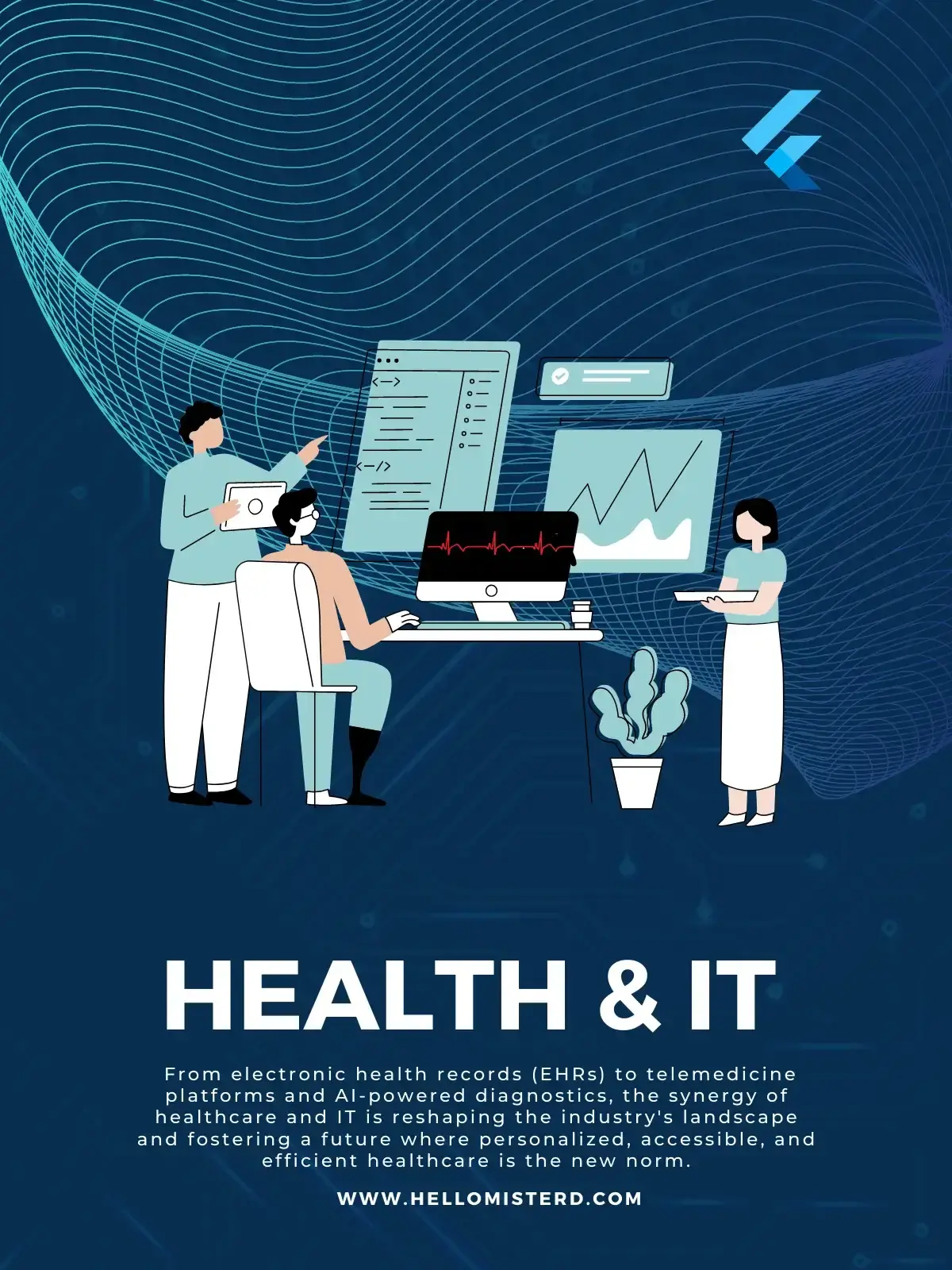
Revolutionizing Healthcare and IT: Forging a Digital Path to Enhanced Wellness
The junction of Healthcare and IT embodies a shared aspiration: to revolutionize healthcare delivery through data-driven insights and innovative digital solutions. From digitized Electronic Health Records (EHR) that streamline patient information management to telemedicine platforms facilitating remote consultations, the integration of IT into healthcare opens doors to accessibility, reduces administrative complexities, and nurtures proactive health management. The emergence of technologies like Artificial Intelligence (AI) and sophisticated Big Data analytics has ushered in a new era of diagnostics – one that sifts through vast medical data, identifies intricate patterns, forecasts disease trajectories, and crafts personalized treatment pathways. As these two realms continue to intertwine, the horizon of healthcare shines with the promise of more accurate diagnoses, elevated patient outcomes, and a medical landscape that’s as advanced as it is compassionate.
The Digital Revolution in Healthcare
The integration of technology into healthcare has ushered in a transformative era that once seemed confined to the realms of science fiction. This digital metamorphosis encompasses an array of tools and innovations, ranging from electronic health records (EHRs) to health information exchange systems, artificial intelligence (AI) applications, big data analytics, and health apps. As we embark on this digital journey, it becomes evident that the convergence of technology and healthcare is transcending conventional boundaries, revolutionizing the medical landscape in ways that were previously unimaginable.
Enhancing Diagnostics and Treatment through Artificial Intelligence (AI)
Within this digital revolution, the impact of technology on patient care is profound. One remarkable facet is the utilization of electronic health records (EHRs) – comprehensive digital repositories of patient information that streamline communication between healthcare providers and facilitate informed decision-making. These records not only improve patient outcomes through accurate and timely data exchange but also empower patients to actively participate in their healthcare journey.
Big Data Analytics: Unveiling Insights for Informed Decisions
Additionally, artificial intelligence (AI) is reshaping diagnostics and treatment strategies. AI-powered algorithms can analyze vast datasets to identify patterns, predict disease trajectories, and suggest tailored treatment plans. This has the potential to drastically reduce the time taken for diagnosis, allowing for more rapid interventions and improved patient outcomes. Moreover, the advent of health apps and wearable devices enables individuals to monitor their health in real time, fostering a proactive approach to well-being.
Empowering Patients with Health Apps and Wearable Devices
The digital revolution in healthcare and IT is not limited to the clinical setting – it extends to empowering individuals to take charge of their health. Health apps and wearable devices have become integral tools in modern wellness management. These apps offer features such as tracking physical activity, monitoring vital signs, and providing personalized health recommendations. By putting the power of healthcare in the hands of individuals, technology is fostering a culture of prevention and holistic well-being.
In conclusion, the fusion of technology and healthcare is reshaping the landscape of patient care, diagnostics, and personal well-being. From electronic health records to AI-driven insights and health apps, the digital revolution is steering medicine into an era of unprecedented possibilities. As we navigate this digital frontier, it’s imperative to harness these innovations responsibly, ensuring that the human touch remains at the heart of the healthcare experience.
Electronic Health Records: Enhancing Patient Care and Data Management
Electronic health records (EHRs) have emerged as a cornerstone of modern healthcare and IT has played a vital role. These digital records replace the traditional paper-based medical charts and offer numerous advantages. They allow healthcare professionals to access patient information in real-time, resulting in quicker and more informed decision-making. EHRs not only improve patient care by providing accurate and up-to-date medical information but also streamline administrative tasks, reducing the burden of paperwork. This enhanced accessibility to patient data also facilitates better coordination among healthcare providers, ensuring that every member of the care team is on the same page.
The Role of Artificial Intelligence and Big Data in Revolutionizing Diagnostics and Treatment
Artificial intelligence (AI) has emerged as a transformative force, wielding significant influence over the landscape of diagnostics and treatment in healthcare. Leveraging AI algorithms capable of processing and analyzing vast volumes of medical data, clinicians are empowered to make diagnoses that are not only more accurate but also delivered in a timely manner. The integration of AI-powered tools, particularly image recognition software, has led to groundbreaking enhancements in medical imaging interpretation. This advancement, in turn, paves the way for early disease detection, notably in critical cases like cancer.
Precision Imaging: Empowering Early Detection
The impact of AI on medical imaging interpretation cannot be overstated. With AI algorithms trained to scrutinize intricate details within images, the diagnostic process has become more nuanced and effective. The software’s ability to spot anomalies, subtle patterns, and minute irregularities equips healthcare professionals with insights that might otherwise be missed by the human eye. As a result, ailments can be identified at their nascent stages, facilitating prompt intervention and elevating the chances of successful treatment outcomes.
Unleashing Insights with Big Data Analytics
Beyond the realm of AI, big data analytics adds another layer of potency to diagnostics and treatment. The colossal datasets generated within healthcare systems hold a treasure trove of information. These datasets, when analyzed using sophisticated analytics tools, unveil trends, correlations, and patterns that can shape medical strategies on a macroscopic level. By discerning the prevalence of specific diseases within certain demographics, healthcare professionals can formulate targeted interventions and preventative measures. Additionally, personalized treatment plans can be tailored to an individual’s unique medical profile, optimizing the efficacy of therapeutic interventions.
In essence, the synergy of artificial intelligence and big data analytics is transforming diagnostics and treatment from reactive processes to proactive strategies. As the capabilities of these technologies continue to evolve, healthcare stands on the precipice of a new era – one where precision and data-driven insights converge to reshape the healthcare landscape for the better.
Patient Safety In Healthcare And IT
Patient safety is paramount in healthcare, and technology has played a crucial role in ensuring optimal safety standards. The implementation of health and IT ( Health information technology) systems has led to reduced medical errors through improved communication and coordination among healthcare providers. Healthcare and IT systems also enable medication safety checks and help prevent adverse drug interactions by alerting providers to potential risks. Furthermore, patient data stored in electronic records can be easily accessed in emergencies, ensuring that care providers have essential information even when the patient is unresponsive.
Healthcare Apps and Telemedicine: Bridging Gaps in Access to Care
The rise of healthcare apps and telemedicine has brought medical expertise directly to patients’ fingertips. Mobile health apps allow individuals to monitor their health, track their fitness goals, and even manage chronic conditions. Telemedicine technology has revolutionized the way patients interact with healthcare providers, making remote consultations and diagnoses possible. This has been particularly valuable in rural or underserved areas where access to medical care is limited. The convenience of virtual visits also reduces patient wait times and minimizes the need for physical travel.
Major Takeaways:
- Electronic Health Records (EHRs) streamline patient data access, enhance coordination among healthcare providers, and reduce administrative tasks.
- Artificial Intelligence (AI) and big data analytics improve diagnostic accuracy and enable personalized treatment plans.
- Healthcare and IT apps and telemedicine increase patient access to care and reduce wait times.
- Data security and privacy are essential as sensitive patient information is shared electronically.
- The integration of technology in healthcare is an ongoing process, shaping the future of medicine.
The revolution brought about by information technology in healthcare has already transformed the industry and holds the promise of even more remarkable advancements in the years to come. As patients, healthcare professionals, and technology developers collaborate, the potential to further enhance patient care, improve patient outcomes, and streamline healthcare processes becomes a reality.
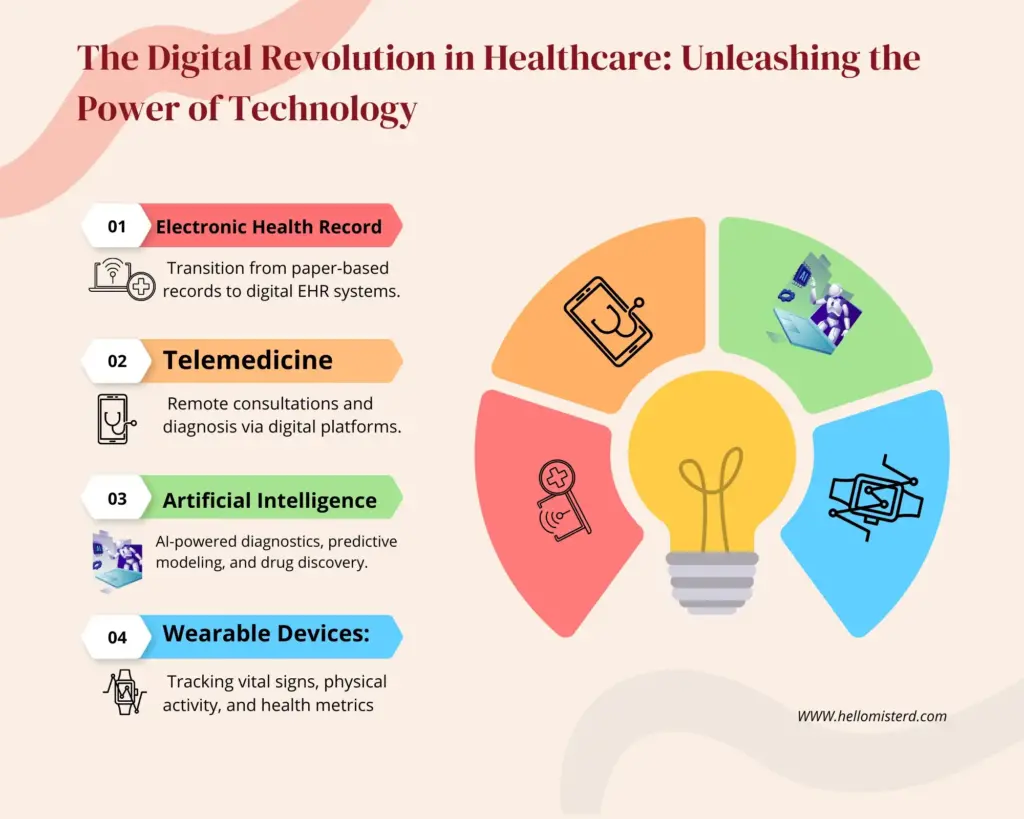
Ensuring Data Security and Privacy in Health Information
As technology continues to reshape the healthcare landscape, concerns about data security and privacy have become more pronounced. With the increased sharing of sensitive patient information over electronic platforms, robust security measures are essential. Healthcare and IT organizations must adhere to strict regulations, such as the Health Insurance Portability and Accountability Act (HIPAA), to protect patient data from unauthorized access or breaches. Additionally, the development of secure communication within healthcare systems is crucial to maintaining patient confidentiality.
Navigating the Horizon: Future Trends in Healthcare’s Evolution
The trajectory of healthcare is intimately intertwined with the ever-evolving landscape of technology. As we stand at the nexus of these two domains, a vista of unprecedented potential unfurls. The journey of integrating technology into healthcare is not a destination but a path of perpetual discovery. Innovations such as wearable devices and remote monitoring are revolutionizing the patient-provider dynamic, creating a symbiotic relationship that transcends traditional boundaries.
AI: Pioneering Predictive Care
One of the most transformative trends on the horizon is the convergence of artificial intelligence (AI) and healthcare. The fusion of AI’s computational prowess with medical insights has the potential to revolutionize preventive care. Imagine a future where predictive modeling powered by AI identifies individuals at risk of specific conditions even before symptoms manifest. This paradigm shift from reactive to proactive care holds immense promise for not only improving patient outcomes but also reducing the burden on healthcare systems.
Tailoring Excellence: The Rise of Custom Healthcare Software Development
In the tapestry of healthcare’s evolution, custom software development emerges as a crucial thread. As patients become more digitally connected, the need for personalized solutions intensifies. Custom healthcare software development answers this call by crafting applications that cater to specific medical needs. This bespoke approach optimizes patient care, streamlining processes, enhancing diagnostics, and ensuring treatments are precisely tailored to individual profiles.
A Glimpse into the Future: Continual Innovation
The future of healthcare and IT is a canvas of continual innovation, waiting to be painted with the strokes of advanced technologies. From AI-driven preventive care to bespoke software solutions, every facet of healthcare is undergoing a transformation that promises efficiency, accuracy, and patient-centricity. As we embark on this journey of constant evolution, the integration of technology into healthcare will forge a path toward a future where medical possibilities are boundless and the quality of care is unparalleled.
FAQs
Conclusion: Embracing the Technological Transformation in Healthcare
In conclusion, the impact of technology on healthcare has ushered in a new era of patient-centered care, data-driven decision-making, and improved patient safety. From electronic health records to AI-powered diagnostics, technology has become an indispensable tool for healthcare professionals, enabling them to deliver higher quality care and better patient outcomes. However, with these advancements come responsibilities, such as safeguarding patient data and ensuring the ethical use of AI. As technology continues to advance, the healthcare industry must strike a balance between innovation and the fundamental principles of medicine.
